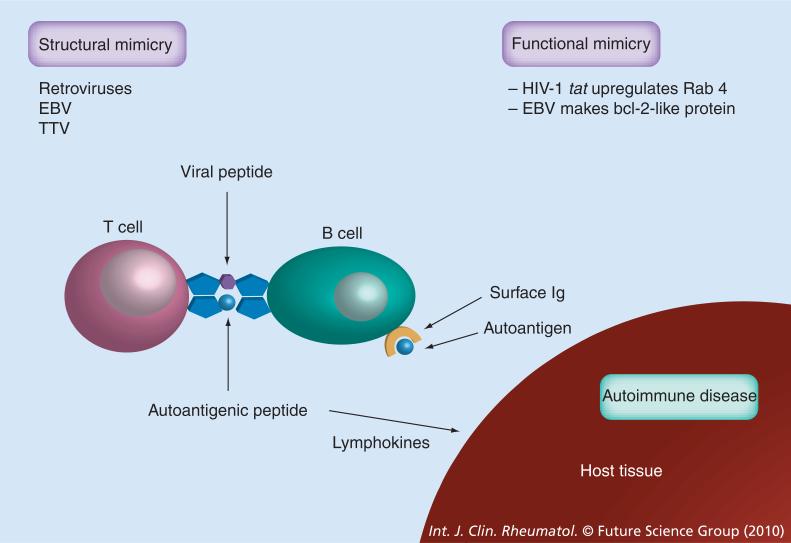Figure 1. Molecular mimicry in virus induced autoimmunity.
Viruses can influence adaptive immunity through molecular mimicry (i.e., homology between exogenous and endogenous epitopes). Peptide sequences common to a virus (e.g., EBV protein) and a target lupus autoantigen (e.g., Sm) can induce autoantibodies [2,3]. HIV tat upregulates Rab4 producing functional mimicry [4]. EBV protein regulates apoptosis by making a bcl-2-like protein, which is also an example of functional mimicry.
EBV: Epstein–Barr virus; TTV: Transfusion-transmitted virus.

